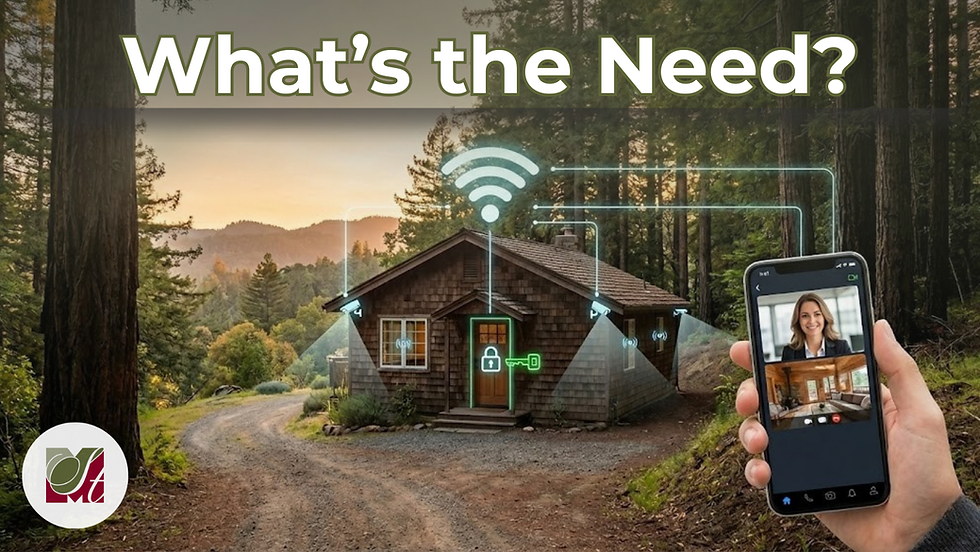Making Homes More Affordable
- Datta Khalsa

- Aug 17
- 2 min read

It’s an interesting facet of human nature that when faced with a challenge we have a tendency to collaborate with others until we come up with a solution to make something happen which may not have otherwise been possible.
This is certainly the case with housing, where the current challenges include interest rates which are double what they were a few years ago, combined with rising construction costs as material prices start to reflect the new tariffs on lumber and other building materials.
On the financing front, I have previously touched on the strategies being deployed by developers like the Builder Forward program which has made available 30-year rates as low as 4.99% to buyers to help them save literally tens of thousands of dollars per year off their monthly payments.
On the construction front, we have seen an increase in the use of modular homes and building components, which regained popularity in the late 1990’s, with local providers like Coastal Home Solutions of Prunedale leading the way.
These days, many of the larger developments going up around town are now using pre-manufactured modules which are assembled as stacked blocks. This has brought costs of construction down lower than the stick-over-podium mode that gained prevalence in recent decades in many cities around the Bay Area, particularly for prevailing wage projects, which are mandated for subsidized housing projects.
The demand for affordable housing also led to a series of California Senate Bills making it easier for homeowners to split their parcels and add ADU’s, including recent legislation that has made it possible to split off an ADU and sell it as a separate property.
To meet the demand, companies like Abodu have started providing start-to-finish execution for everything from the design through the permitting and installation stages of the ADU instead of the homeowner having to walk the process through on their own.
We are also starting to see a return to alternative building technologies such as were innovated by visionaries like Buckminster Fuller whose unconventional designs included domes and the Dymaxion house, which is on display at Greenfield Village in Michigan if you ever happen to be out that way. It isn’t likely the Dymaxion house will return to production but there are a number of firms offering domes at reasonable prices.
A recent entry into this arena is a Bay Area startup called Geoship whose stated mission is “to make the best home on earth the most affordable home on earth” using fire-proof, mold-proof, crystalline bio-ceramic materials over a modular frame. Their costs of construction currently run at $300 per SF, with the goal of eventually getting down to half that cost, for a home that is simultaneously higher strength, lower cost and 100 percent non-toxic.
I don’t think we will see them lining city streets anytime soon, but for the right location in the hills, it makes for a nice vision. And this is just one of many options that people are now exploring as they continue to think outside the box.

![Evolution in a Broker[age]](https://static.wixstatic.com/media/ef261c_7386a35d70534c14949fba86284afdda~mv2.png/v1/fill/w_980,h_552,al_c,q_90,usm_0.66_1.00_0.01,enc_avif,quality_auto/ef261c_7386a35d70534c14949fba86284afdda~mv2.png)


One of the biggest challenges today is making homes more affordable while still creating quality, functional living spaces. That’s where Goshen ADU comes in. They detached ADUs —handling design, architecture, permits, utility hookups, and construction—all under one roof. Instead of juggling multiple contractors